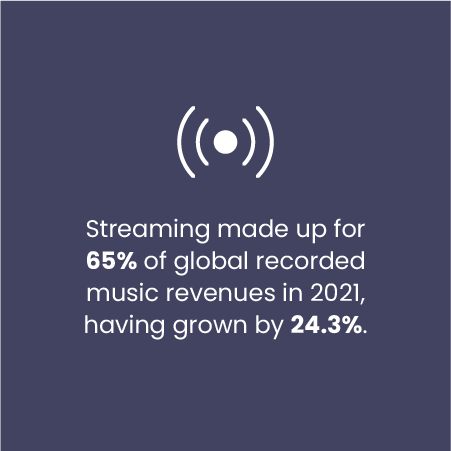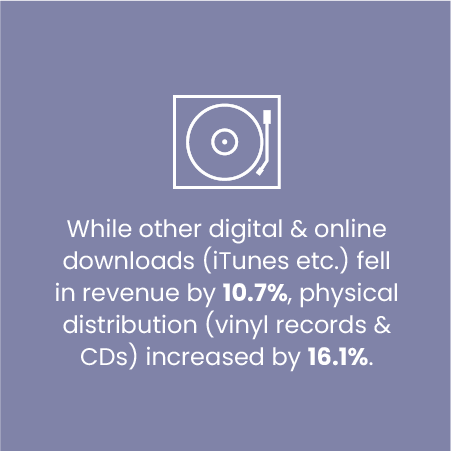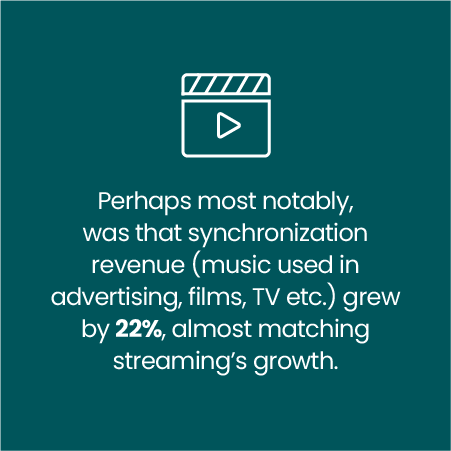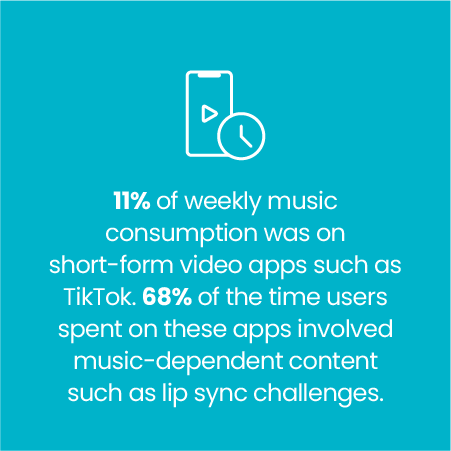The Music Industry By The Numbers
- Ben Porter
- Sep 29, 2022
- 2 min read
What you should know before diving head-first into music
The music industry has been evolving quickly over the last 20 years, and continues to do so. The ways in which we create, release and promote music are dramatically different than they were around the start of the millennium and in order to make it, Artists need to be aware of the ecosystem they’re releasing their beloved music into. Here are some high-level stats to help define the current music industry.
The Music Market
While it always feels counterintuitive to throw numbers and statistics around when it comes to music - an artform that is filled with such creativity and eclecticism - remember that this is an industry worth almost $26 billion, and making money should be a consideration. The average salary for musicians is $35,300, and for artists looking to earn a living in 2022, it’s important to be aware of the size and potential of each respective revenue stream in music. Here’s some insight, detailed in the IFPI Global Music Report and Engaging With Music Report for 2022:
Since it boasts almost two thirds of the market share, let’s focus on streaming.
On Spotify, the most popular streaming service, there are roughly 11 million artists and 82 million songs. While this seems like a lot of music, it’scontinues to grow on a daily basis. Spotify’s monthly active users increased by almost 300 million between 2018 and 2022, sitting now at 433 million users. The year 2021 saw Spotify’s revenue hit €9.67 billion - a growth of $4 billion from 2018. Despite so much music and artists on the platform, nearly 80% of Spotify’s artists have less than 50 monthly listeners on the platform.
So, what’s the takeaway? Well, this really depends on your current goals. If the priority right now is to increase your reach and build ‘hype’, don’t ignore social media platforms; they made up for 36% of music consumption in 2021. Plenty of artists debut new songs and projects on social media to increase awareness, and this is a very effective marketing strategy.
However, for those who feel ready to make their mark and earn money now, the stats point towards streaming, physical and licensing. The most obviously-prosperous is uploading music to streaming services, but the 19.2% share occupied by physical distribution suggests that people are beginning to dust off their vinyl players and HiFi systems.
As mentioned, micro-sync licensing as a revenue stream also boasts a 22% growth, indicating its significant potential as a future revenue titan, so it might be worth exploring how your music can appear in advertisements, TV and other creative projects. Our Artist Music Program (AMP) at MatchTune is one way of achieving this; you can offer your music non-exclusively to video creators, feature in creative projects throughout the world, and be paid every time your music is used. You can find out more about AMP, and apply to it here.













Comments